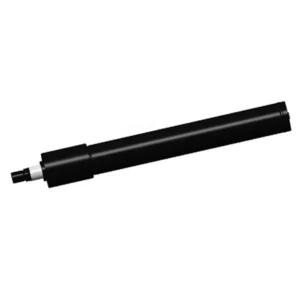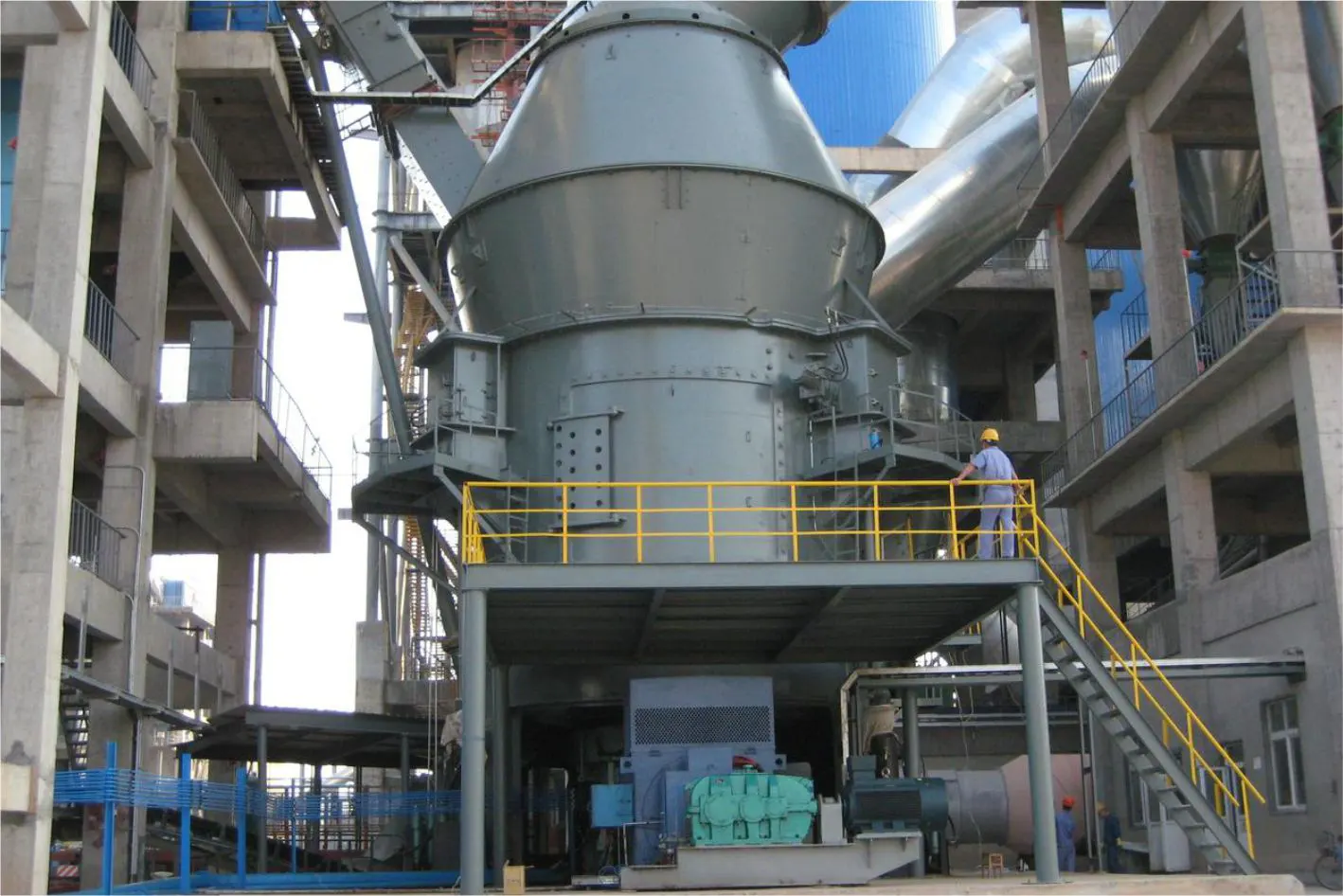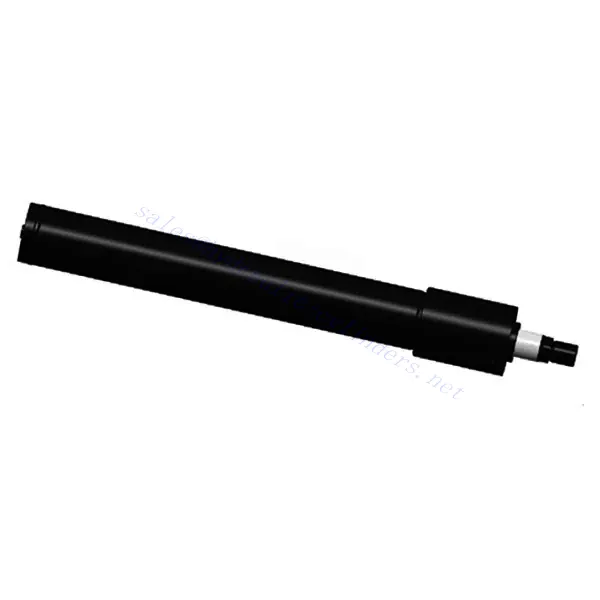Injection Molding Machine Shooting Cylinder
En tant que fabricant, fournisseur et exportateur de produits mécaniques, nous proposons des vérins hydrauliques et de nombreux autres produits.
N'hésitez pas à nous contacter pour plus de détails.
Courrier :sales@hydraulic-cylinders.net
Fabricant fournisseur exportateur de vérins hydrauliques.
Injection Molding Machine Shooting Cylinder

The injection molding machine shooting cylinder is a crucial component in plastic injection molding processes and is designed to enhance precision, efficiency, and reliability. This specialized cylinder is pivotal in the injection phase, where molten plastic material is injected into a mold to form desired products.
The injection molding machine shooting cylinder is essential in plastic injection molding, enabling precise and efficient injection of molten plastic into molds. With its robust construction, precise control, fast operation, and high injection pressure capabilities, this cylinder ensures accurate and repeatable molding of plastic components. By following the recommended usage methods and maintenance practices, manufacturers can maximize the performance and longevity of the injection molding machine shooting cylinder, ultimately improving the precision, efficiency, and quality of plastic injection molding operations.
Injection Molding Machine Shooting Cylinder Key Characteristics:
- Robust Construction:
- The injection molding machine shooting cylinder features a sturdy construction using high-quality materials, ensuring durability and longevity in demanding manufacturing environments.
- It can withstand high-pressure and repetitive movements, maintaining consistent performance throughout extended production cycles.
- Precise Control:
- This cylinder is designed to provide precise control over the injection process, enabling accurate and repeatable molding of plastic components.
- It allows for fine-tuning of the injection speed, pressure, and volume, improving part quality and reducing wastage.
- Fast and Efficient Operation:
- The injection molding machine shooting cylinder facilitates rapid injection cycles, minimizing production time and increasing overall productivity.
- It ensures swift and precise delivery of molten plastic into the mold cavity, enhancing the efficiency of the injection molding process.
- High Injection Pressure:
- This cylinder is engineered to withstand and deliver high injection pressures required for molding complex and detailed plastic parts.
- It ensures consistent and uniform pressure application, resulting in uniform filling of the mold and optimal part quality.
Injection Molding Machine Shooting Cylinder Parameter:
| Product Name | Injection Molding Machine Shooting Cylinder |
| Features: | Drive the shooting station to move |
| Bore diameter: | 63mm~140mm |
| Rod diameter: | 36mm~90mm Stroke≤1500mm |
| Thrust force: | Maximum 384KN (Bore diameter: 140mm/pressure25MPa) |
| Applications: | Injection Molding Machine |
Rod diameter: 36mm~90mm
Stroke≤1500mm
(Bore diameter: 140mm/pressure25MPa)
Cement Equipment Cylinder Factory:

Usage Method Of Injection Molding Machine Shooting Cylinder:
- Installation:
- Follow the manufacturer’s guidelines to install the injection molding machine shooting cylinder securely into the injection molding machine.
- Ensure proper alignment and attachment to the machine’s injection unit, allowing smooth operation during the injection process.
- Adjusting Injection Parameters:
- Utilize the machine’s control panel or interface to adjust injection parameters, such as injection speed, pressure, and volume.
- Refer to the machine’s operating manual for specific guidelines on setting the appropriate parameters based on the desired part specifications and material characteristics.
- Material Preparation:
- Preheat and prepare the plastic material, ensuring it is in a molten state and ready for injection.
- Load the prepared material into the machine’s hopper or material feeding system, ensuring a consistent supply for the injection process.
- Mold Preparation:
- Set up the mold in the injection molding machine, ensuring proper alignment and clamping.
- Connect the mold to the injection molding machine shooting cylinder’s nozzle, allowing precise and controlled injection into the mold cavity.
- Injection Process:
- Activate the injection molding machine, initiating the injection process.
- The injection molding machine shooting cylinder rapidly delivers molten plastic into the mold cavity, filling it with precision and uniformity.
- After the injection, allow sufficient time for the plastic to cool and solidify before opening the mold.
Comment démonter un vérin hydraulique ?
Taking apart a hydraulic cylinder requires careful and systematic disassembly to ensure the integrity of the components and safe reassembly. Here is a general step-by-step guide on how to disassemble a hydraulic cylinder:
- Safety Precautions:
- Before starting the disassembly process, ensure the hydraulic system is depressurized and shut down. This will prevent any unintended movement or fluid discharge.
- Wear appropriate personal protective equipment, such as gloves and safety glasses, to protect yourself from hazards.
- Identify and Document:
- Take note of the cylinder’s orientation, mounting details, and other relevant information before disassembly. This will facilitate reassembly later.
- Secure the Cylinder:
- Use a suitable workbench or vise to secure the cylinder in a stable position during disassembly.
- Remove External Components:
- Start by removing any external components attached to the cylinder, such as mounting brackets, clevis pins, or retaining rings.
- Drain Hydraulic Fluid:
- Place a suitable container underneath the cylinder to catch any hydraulic fluid that may drain out.
- Loosen the hydraulic fluid reservoir plug or fitting to allow the fluid to drain completely.
- Remove Cylinder End Caps:
- Locate the end caps on the cylinder. These are typically bolted or threaded onto the cylinder barrel.
- Use the appropriate tools, such as wrenches or socket sets, to carefully remove the end caps.
- As you remove each end cap, be prepared for any residual hydraulic fluid or pressure release.
- Extract the Piston:
- With the end caps removed, the piston should now be accessible.
- Gently push on one end of the piston rod to start sliding the piston out of the cylinder barrel.
- Slowly and evenly extract the piston from the cylinder barrel, taking care not to damage any internal components or seals.
- Inspect and Clean:
- Thoroughly inspect all disassembled components for signs of wear, damage, or contamination.
- Clean each component using an appropriate cleaning solvent and lint-free cloth to remove any dirt, debris, or hydraulic fluid residue.
- Replace Seals and O-Rings:
- If any seals or O-rings show signs of wear or damage, it is recommended to replace them with new ones to ensure proper sealing and prevent future leaks.
- Reassembly:
- To reassemble the hydraulic cylinder, follow the reverse order of the disassembly steps.
- Lubricate all seals and O-rings with hydraulic fluid or a compatible lubricant before reassembly.
- Ensure that all components are properly aligned and tightened according to manufacturer specifications.
Capacité de l'usine :
(1) Assemblage
We have a first-class independent research and development assembly platform. The hydraulic cylinder production workshop has four semi-automatic lifting cylinder assembly lines and one automatic tilt cylinder assembly line, with a designed annual production capacity of 1 million pieces. The special cylinder workshop is equipped with various specifications of a semi-automatic cleaning assembly system with a designed annual production capacity of 200,000 and equipped with famous CNC machining equipment, a machining center, a high-precision cylinder processing special equipment, a robot welding machine, an automatic cleaning machine, automatic cylinder assembly machine, and automatic painting production line. Existing critical equipment of more than 300 sets (sets). The optimal allocation and efficient use of equipment resources ensure the accuracy requirements of products and meet the high-quality needs of products.


(2) Usinage
L'atelier d'usinage est équipé d'un centre de tournage sur rail incliné personnalisé, d'un centre d'usinage, d'une machine à honer à grande vitesse, d'un robot de soudage et d'autres équipements connexes, qui peuvent traiter des tubes cylindriques d'un diamètre intérieur maximal de 400 mm et d'une longueur maximale de 6 mètres.

(3) Soudage

(4) Peinture et revêtement
Avec des lignes de revêtement de peinture à base d'eau automatiques à cylindre de petite et moyenne taille, pour réaliser le chargement et le déchargement automatiques par robot et la pulvérisation automatique, la capacité de conception est de 4 000 pièces par équipe ;
Nous disposons également d'une ligne de production de peinture semi-automatique pour gros cylindres, alimentée par une chaîne de traction, d'une capacité de conception de 60 caisses par équipe.


(5) Essais
Nous disposons d'installations d'inspection et de bancs d'essai de premier ordre pour garantir que les performances de la bouteille sont conformes aux exigences.

We are one of the best hydraulic cylinder manufacturers. We can offer comprehensive hydraulic cylinders. We also provide corresponding boîtes de vitesses agricoles. We have exported our products to clients worldwide and earned a good reputation because of our superior product quality and after-sales service. We welcome customers at home and abroad to contact us to negotiate business, exchange information, and coopérer avec nous!
Visitez notre usine de RV :
Visitez notre usine de RV avec les éléments suivants
Comment fonctionne le vérin hydraulique d'un chariot élévateur ?
Vérin hydraulique Application :


